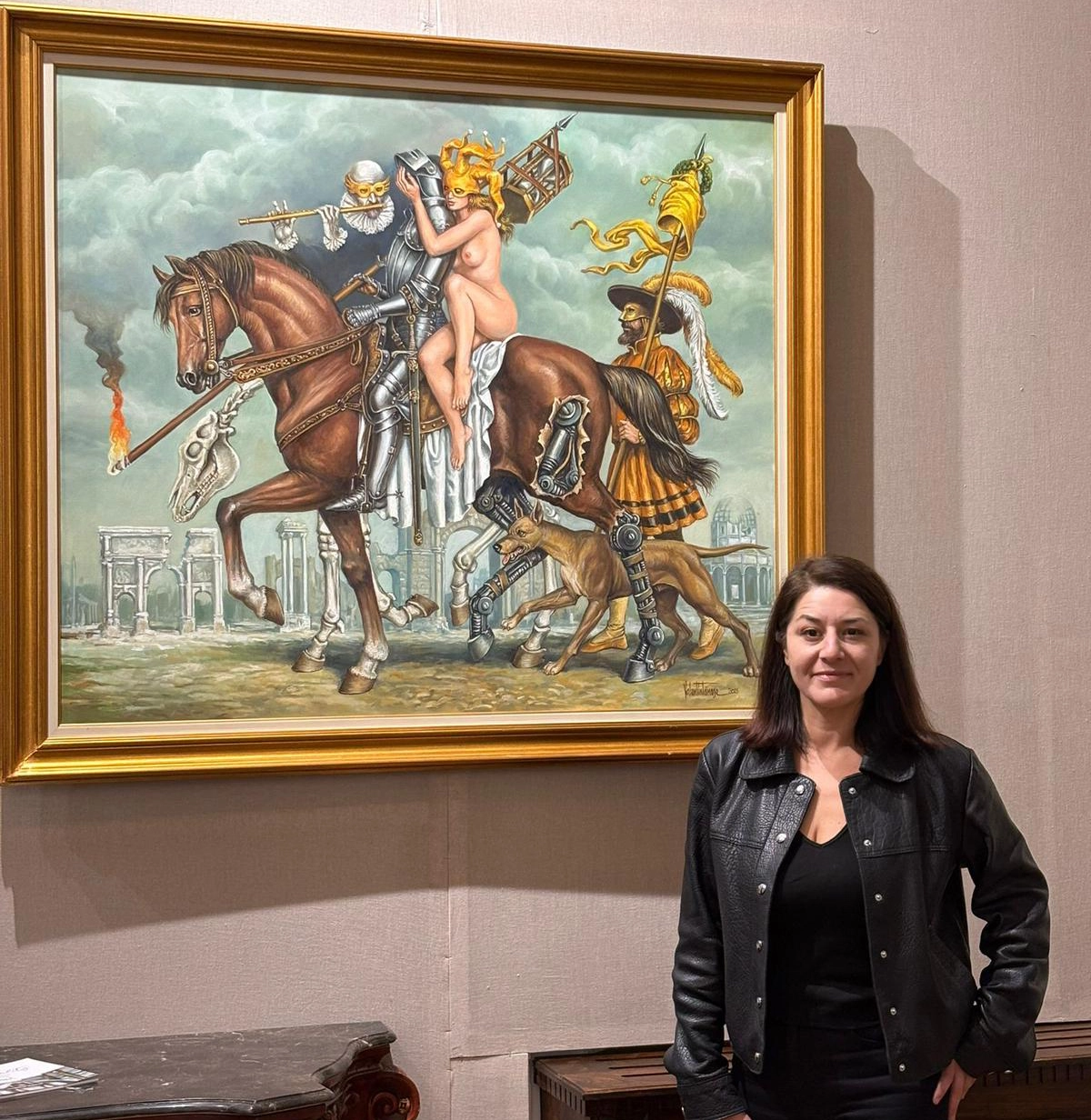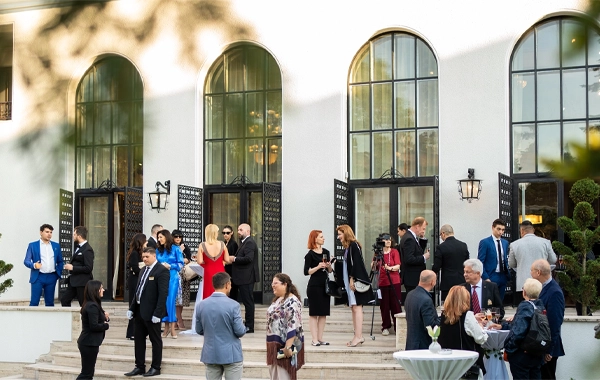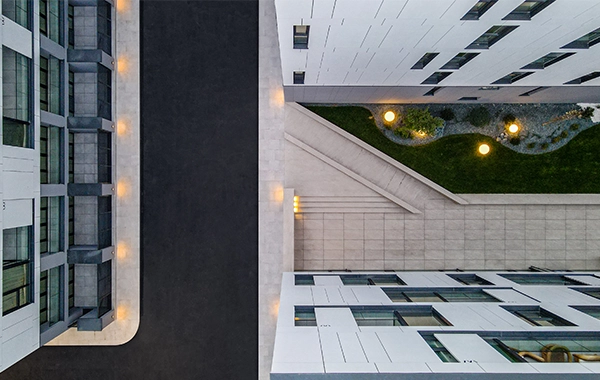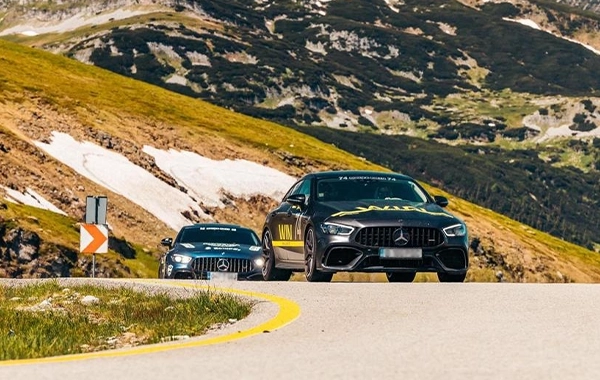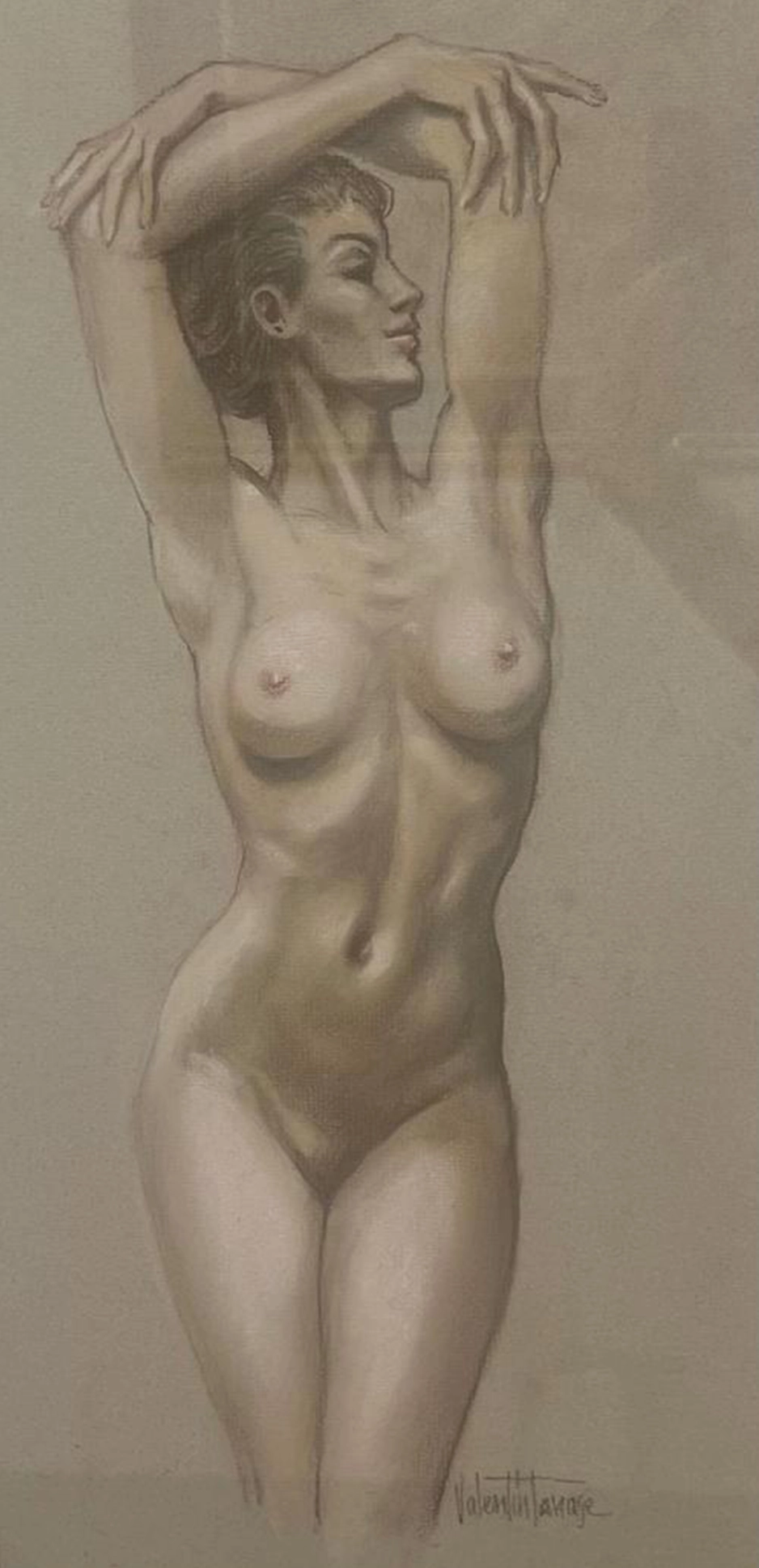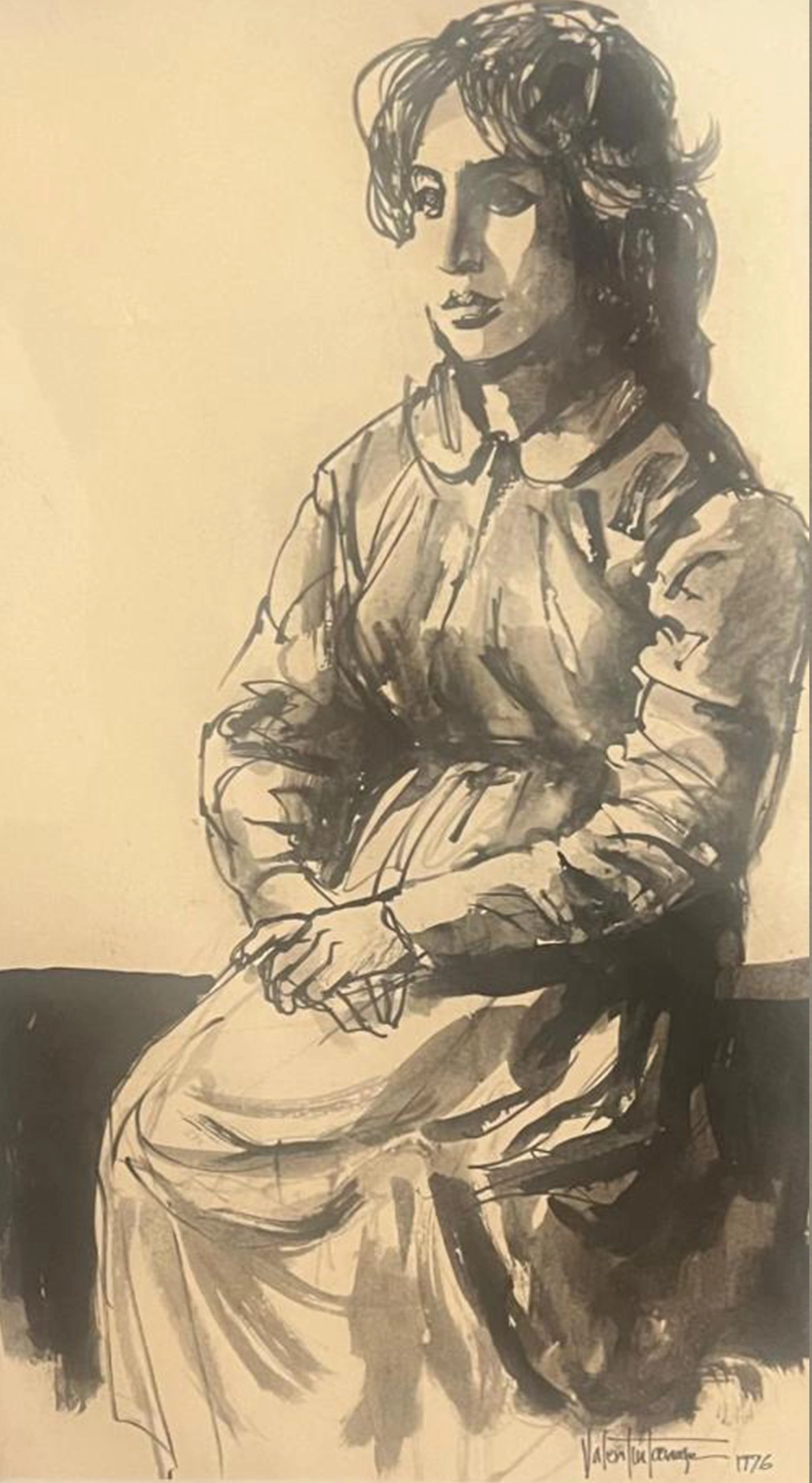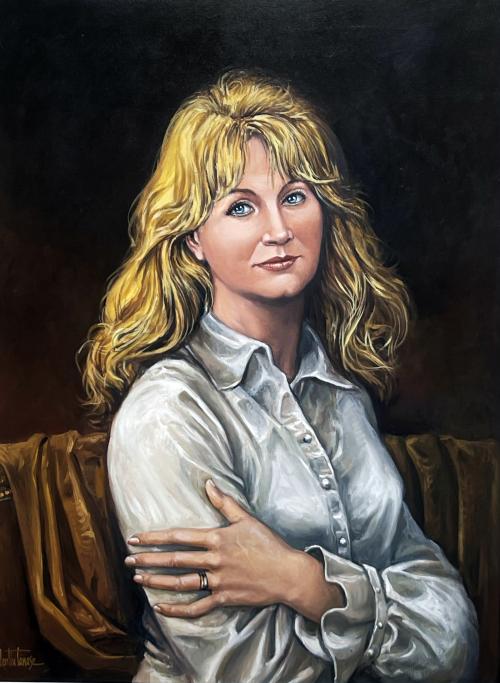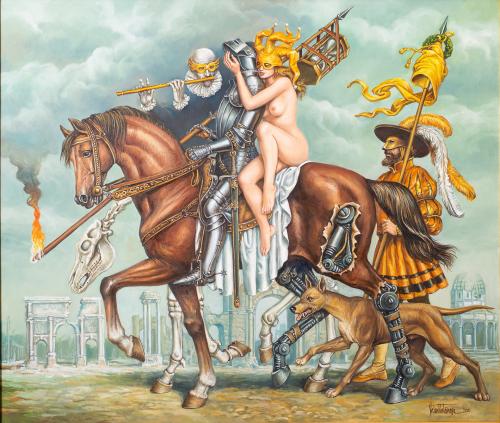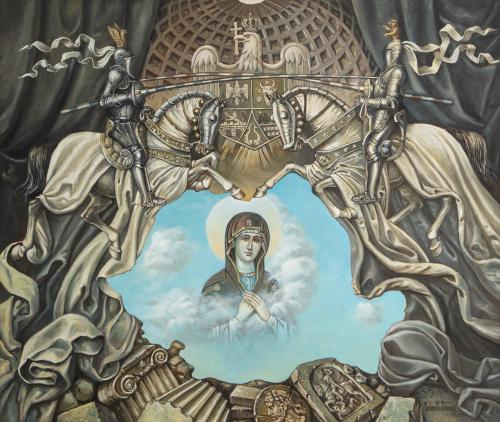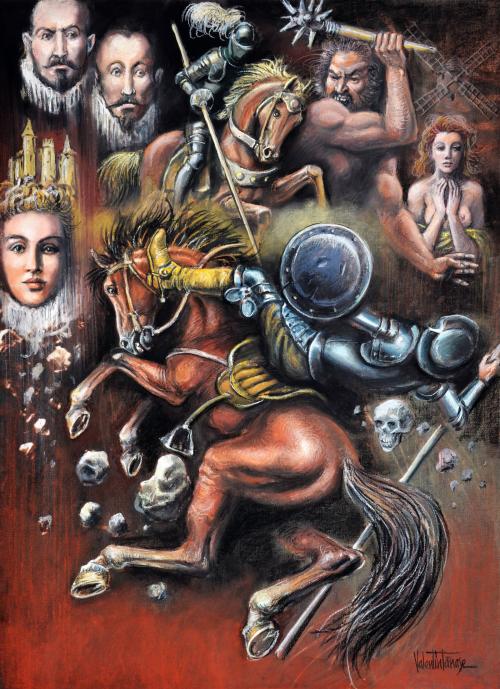WIN Gallery: Where does the collector end and the person who lives with art at home begin?
Adriana Chiru: There’s no boundary. Firstly, financially speaking, it’s a smart investment. Secondly, emotionally and personally, the buying behavior is still based on emotions. No matter how rational we try to appear, we aren’t. Buying behavior, in general—and when we talk about art, design, furniture, perfumes—is based on emotions and personal preferences. So, there is no boundary.
WIN Gallery: And then how do the works from your collection integrate into your daily life?
Adriana Chiru: They make my life more beautiful! They’re there to beautify my home’s interior, to say something about me, about the atmosphere I want to create and integrate. I see the pieces in my collection also as a personal statement.
WIN Gallery: Is there a work that changes your mood every time you look at it?
Adriana Chiru: Yes. The Persistence of Memory by Dalí. I think it says a lot. It reminds us of our ephemerality and of what remains after us, and that, in fact, time is all that matters in this life, especially how we use it. This painting changes my state every time.
WIN Gallery: And from your own collection, do you have a work that changes your mood?
Adriana Chiru: Somehow, they all change your mood. At some point, it’s true, you get used to them on the wall, of course, if you display them. Otherwise, I don’t know what to say, but after all, that’s why I bought them—because they have an impact on me.
WIN Gallery: So, can art heal?
Adriana Chiru: Of course. Always! That’s why art therapy exists. Unfortunately, in Romania, we leave art too far behind. To be able to be a “taster” of art, you need culture. To have culture, you need education. To have education… All these things are connected. To appreciate an object, regardless of what it is, whether you like it or not, you need to understand the creative process in some way. And if you reach that point, I believe you can evolve. The very evolution of a society depends on this.
WIN Gallery: How much do you think aesthetic taste can be educated, and how much is instinct?
Adriana Chiru: It’s said about writing that you’re either born with talent or not. But talent can be educated. The same goes for aesthetic sense. And art, in general. If we teach children from an early age, from kindergarten, if we instill certain things in them, I believe it can be educated. At least to have some idea about who was who.
WIN Gallery: What advice would you give to a young person buying their first artwork?
Adriana Chiru: First of all, not to go over budget, to study very well, including the artist himself. If they don’t know exactly what to do, to check the prices at which certain works have been sold, to follow other artists like him, and only then make the purchase. I believe that purchases shouldn’t be based only on instinct and what you like, but you should also have some knowledge. To check a bit.
WIN Gallery: How do you relate to the idea of value? Is it for you more aesthetic, emotional, or investment-oriented?
Adriana Chiru: I think it’s made up of all three. Aesthetic, investment, and emotional. Because all three are connected, and without one of them, the value decreases.
WIN Gallery: So, in Romania, are we talking about a real collector culture, or are we still at the beginning?
Adriana Chiru: We’re very much at the beginning. If I could make a comparison, after the UK, France, Spain, and Berlin, we’re about… 100 years behind. It’s a very small niche; there are very few people who truly appreciate and understand art. Some buy because “it’s ok” to buy, so to speak. And yes, we still have a long way to go.
WIN Gallery: From your experience in the UK, what are the differences between collectors there, their market, and the situation in Romania?
Adriana Chiru: We’re talking, first of all, about an educated market. Their market is marked by many artists, many events, and extraordinary competition, with numerous galleries per square centimeter. We’re also talking about an educated audience, people who know exactly what acquisitions are for, how they are made, and what to do with them.
There’s quite a big difference between our market and theirs from the buyers’ perspective, not necessarily from that of supply. Another aspect worth mentioning is the social and, of course, financial state. We can’t compare ourselves with the UK, where the influx of people with money and culture is double or triple that of Romania. We’re talking about a different market, and we also have a much smaller population.
On top of all that came the communist period, which left educational, cultural, and historical marks that we still don’t fully understand. We still don’t know our history very well, and all these aspects directly impact the art market. Considering sociology, which says that a generation is educated in at least 10 years, three generations have passed—about 35 years which, in the bigger picture of history, represents a speck, a crumb.
However, when it comes to our contemporary artists, we don’t know much about many of them. Apart from Adrian Ghenie, who has set records in sales and whom everyone has lately tried to copy, we have very few truly visible artists. But that’s also because the Romanian market isn’t necessarily doing what it should.
At the level of visual art museums, we have very few institutions doing relevant work. We have MARe, which tries to do something different, but it’s heading in a very commercial direction, for example. We don’t have museums at the level of Tate Modern, Guggenheim, or MoMA. There’s no such thing. I believe the problem is that nothing is being done to attract the public, to make them want to discover more afterward.
Art has remained in the collective mindset as being for the “upper class.” Wrong! It’s for everyone. Just as we invest money in apartments, where you risk losing, if today you invested in a contemporary painter, let’s say 150 euros, in 10 years it may be worth 300 or 400 euros. You’ll never sell it for less than 150. At least you’ll recover your initial investment. As an investment yield, investments in art, if you know how to make them, bring among the best results.
WIN Gallery: How would you describe, in a few words, Valentin Tănase’s style, and what attracted you to the work you own?
Adriana Chiru: Valentin Tănase’s style is eclectic. That’s what I’d call it. It has many elements, from surrealism to collage, or influences from history, religion, and Christianity. It also has portraiture—it has everything! There’s even an almost psychedelic, contemporary, New Age zone, I’d say, going a bit into naive painting. It’s an explosion of beauty! What attracted me to the work I bought is that it’s totally different from his established style. It’s a portrait, a portrait sketch, unrelated to the portraits he made as an established artist, coming from his study period in 1976. That’s why I chose it.
